Home>Technology>Security & Surveillance>How To Lock A Garage Door Without Power
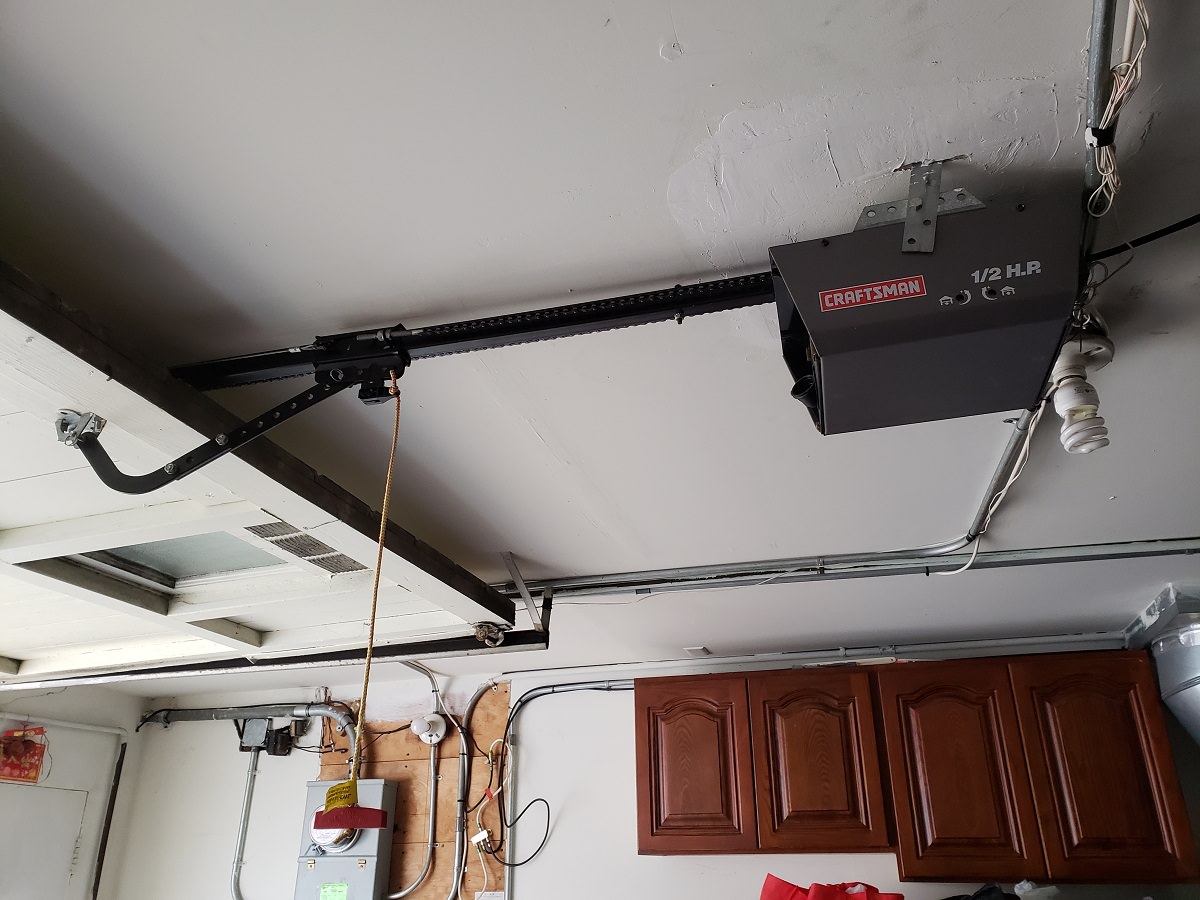

Security & Surveillance
How To Lock A Garage Door Without Power
Modified: January 6, 2024
Learn how to secure your garage door without power for added security and surveillance. Discover effective methods to keep your garage safe in any situation.
(Many of the links in this article redirect to a specific reviewed product. Your purchase of these products through affiliate links helps to generate commission for Storables.com, at no extra cost. Learn more)
Introduction
Securing a garage door is crucial for safeguarding your belongings and ensuring the safety of your home. While power outages can render automatic garage door openers inoperable, there are several effective methods for manually locking a garage door without power. In this article, we will explore four practical techniques that can be employed to secure your garage door when faced with a power outage or in situations where manual locking is preferred. Each method offers a simple yet reliable approach to fortifying your garage against unauthorized access, providing peace of mind during unforeseen circumstances. Whether you opt for a slide bolt lock, a padlock and hasp, a C-clamp, or a zip tie, these solutions offer versatility and ease of implementation. Let's delve into each method and discover the steps to effectively secure a garage door without power.
Key Takeaways:
- Secure your garage door without power using slide bolt locks, padlocks, C-clamps, or zip ties. These simple methods offer reliable protection against unauthorized access, providing peace of mind during power outages or when manual locking is preferred.
- By implementing these manual locking techniques, homeowners can take proactive measures to safeguard their property, offering a sense of control and reassurance in challenging situations. Whether prioritizing ease of implementation, durability, or versatility, each method can be tailored to individual security needs.
Read more: How To Lock A Garage Door
Method 1: Using a Slide Bolt Lock
Using a slide bolt lock is a straightforward and reliable method for securing a garage door without power. This approach involves installing a slide bolt lock on the interior side of the garage door to prevent it from being opened from the outside. Here’s a step-by-step guide to implementing this method:
- Assess the Door: Before installing the slide bolt lock, carefully examine the garage door to determine the most suitable location for the lock. Ideally, it should be positioned at a height that is out of reach from the outside.
- Mark the Placement: Once you’ve identified the optimal location, use a pencil or marker to mark the spots where the screws will be inserted to secure the slide bolt lock.
- Install the Slide Bolt Lock: Using the marked spots as a guide, affix the slide bolt lock to the interior side of the garage door using the appropriate screws and a screwdriver. Ensure that the lock is securely attached and operates smoothly.
- Test the Lock: Close the garage door and engage the slide bolt lock to verify that it effectively prevents the door from being opened from the outside. Confirm that the lock provides a secure barrier against unauthorized access.
By implementing a slide bolt lock, you can effectively fortify your garage door, enhancing its resistance to forced entry even in the absence of power. This method offers a practical and durable solution for securing your garage, providing peace of mind during power outages or when manual locking is preferred.
Method 2: Using a Padlock and Hasp
Another effective way to secure a garage door without power is by utilizing a padlock and hasp. This method involves installing a hasp on the exterior side of the garage door and securing it with a padlock to prevent unauthorized entry. Here’s a detailed guide on how to implement this approach:
- Choose a Suitable Location: Select an appropriate location on the exterior side of the garage door to install the hasp. Ensure that it is positioned in a way that allows the padlock to be easily attached and provides a secure anchor for the door.
- Mount the Hasp: Using screws and a screwdriver, affix the hasp to the selected location on the garage door. Make sure that the hasp is securely attached and can withstand external forces.
- Attach the Padlock: Once the hasp is in place, insert the shackle of a sturdy padlock through the loops of the hasp and lock it securely. Choose a robust padlock that offers enhanced resistance to tampering and cutting.
- Test the Security: Close the garage door and confirm that the padlock and hasp assembly effectively prevents the door from being opened from the outside. Verify that the padlock provides a reliable barrier against unauthorized access.
By employing a padlock and hasp, you can bolster the security of your garage door, thwarting potential intruders even in the absence of power. This method offers a versatile and robust solution for manually securing your garage, ensuring that your possessions and property remain protected during unforeseen circumstances.
You can lock a garage door without power by using a manual lock or padlock on the track. Make sure to test the lock regularly to ensure it’s working properly.
Method 3: Using a C-Clamp
When faced with a power outage or the need to manually secure a garage door, using a C-clamp can provide a practical and efficient solution. This method involves utilizing a C-clamp to immobilize the garage door tracks, preventing the door from being opened. Here’s a step-by-step guide to implementing this approach:
- Select Appropriate Size: Choose a C-clamp that is suitable for the size of your garage door tracks. Ensure that the clamp is sturdy and capable of securely holding the tracks in place.
- Position the C-Clamp: With the garage door closed, place the C-clamp on the inside of the vertical track, near the roller. The objective is to prevent the roller from moving and thus keep the door from being opened.
- Secure the C-Clamp: Tighten the C-clamp to firmly hold the track in place, ensuring that it cannot be dislodged or bypassed. The clamp should create a strong barrier that prevents the door from being lifted or manipulated from the outside.
- Test the Security: Attempt to open the garage door from the outside to verify that the C-clamp effectively prevents it from being lifted or maneuvered. Confirm that the clamp provides a reliable obstruction against unauthorized access.
By utilizing a C-clamp, you can effectively immobilize the garage door, bolstering its resistance to forced entry even in the absence of power. This method offers a simple yet robust solution for manually securing your garage, providing added protection for your property and belongings.
Method 4: Using a Zip Tie
Employing a zip tie to secure a garage door without power offers a practical and readily accessible solution. This method involves utilizing a zip tie to immobilize the emergency release lever on the automatic garage door opener, preventing the door from being opened from the outside. Here’s a detailed guide on how to implement this approach:
- Locate the Emergency Release Lever: Identify the emergency release lever on the automatic garage door opener. This lever is typically red and is used to disengage the opener, allowing the door to be manually operated in the event of a power outage.
- Bind the Lever with a Zip Tie: Securely fasten a zip tie around the emergency release lever, cinching it tightly to prevent the lever from being engaged. Ensure that the zip tie is snug and cannot be easily manipulated or removed from the outside.
- Trim Excess Length: After securing the zip tie around the lever, trim off any excess length to prevent it from being grasped or tampered with from the outside. This ensures that the zip tie provides a reliable barrier against unauthorized access.
- Test the Security: Attempt to activate the garage door opener from the outside to verify that the zip tie effectively prevents the emergency release lever from being engaged. Confirm that the zip tie serves as a dependable deterrent against unauthorized entry.
By utilizing a zip tie to immobilize the emergency release lever, you can effectively prevent unauthorized access to your garage even in the absence of power. This method offers a simple yet effective solution for manually securing your garage door, providing an additional layer of protection for your property and belongings.
Read more: How To Lock A Door Without A Lock
Conclusion
Securing a garage door without power is a fundamental aspect of home security, ensuring that your property and possessions remain protected during unforeseen circumstances. The methods outlined in this article offer practical and versatile solutions for manually locking a garage door, providing peace of mind and enhancing the resilience of your home’s defenses. Whether you opt for a slide bolt lock, a padlock and hasp, a C-clamp, or a zip tie, each approach offers a reliable means of fortifying your garage against unauthorized access.
By implementing these methods, you can effectively mitigate the risk of intrusion and unauthorized entry, bolstering the security of your garage even in the absence of power. These simple yet effective techniques empower homeowners to take proactive measures to safeguard their property, offering a sense of control and reassurance in challenging situations.
It is important to assess the unique characteristics of your garage door and select the most suitable method based on your specific requirements and preferences. Whether you prioritize ease of implementation, durability, or versatility, each method can be tailored to align with your individual security needs.
Ultimately, the ability to manually secure a garage door without power underscores the importance of preparedness and proactive security measures. By incorporating these techniques into your home security strategy, you can fortify your garage against potential threats and enhance the overall safety of your property.
With a proactive approach to securing your garage door, you can safeguard your home and belongings, fostering a secure and resilient environment for you and your family.
Frequently Asked Questions about How To Lock A Garage Door Without Power
Was this page helpful?
At Storables.com, we guarantee accurate and reliable information. Our content, validated by Expert Board Contributors, is crafted following stringent Editorial Policies. We're committed to providing you with well-researched, expert-backed insights for all your informational needs.
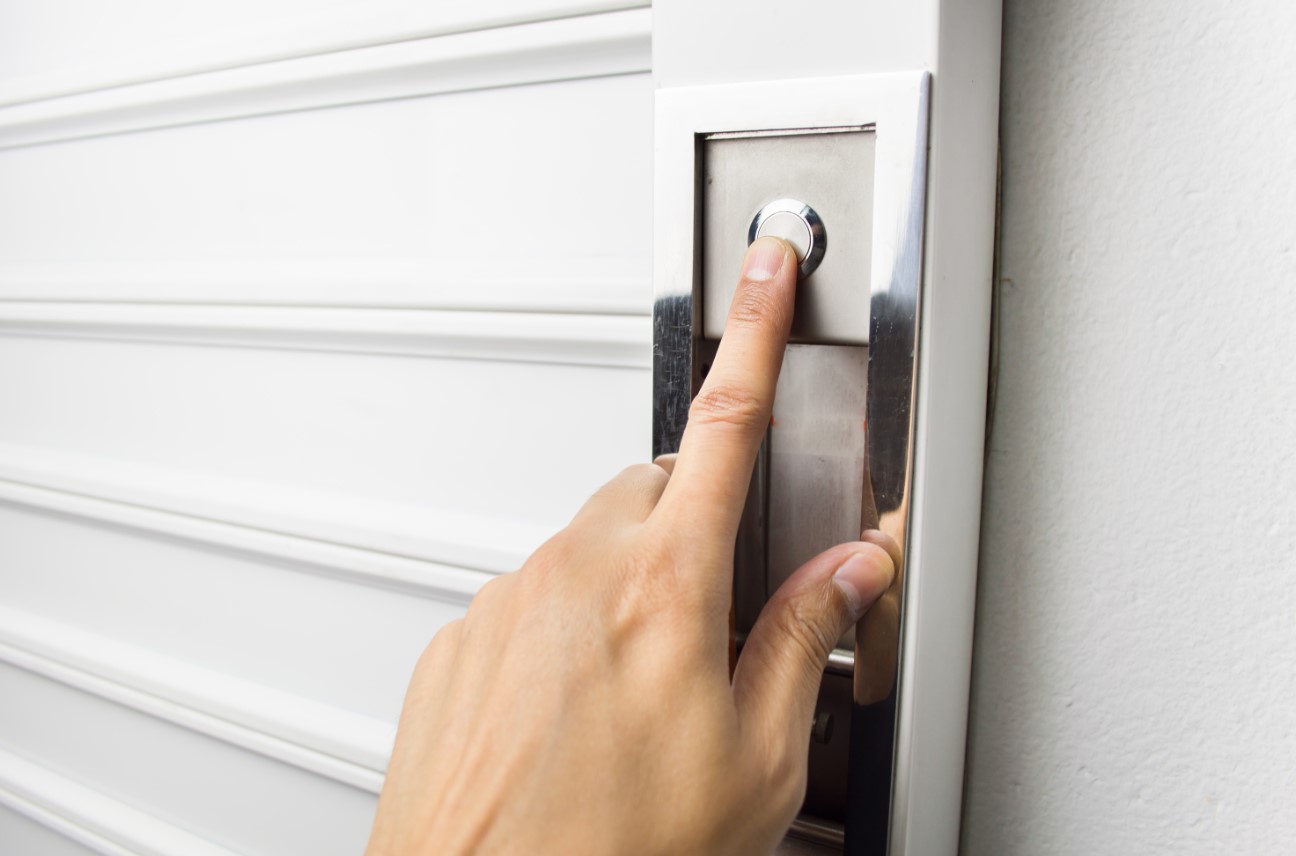
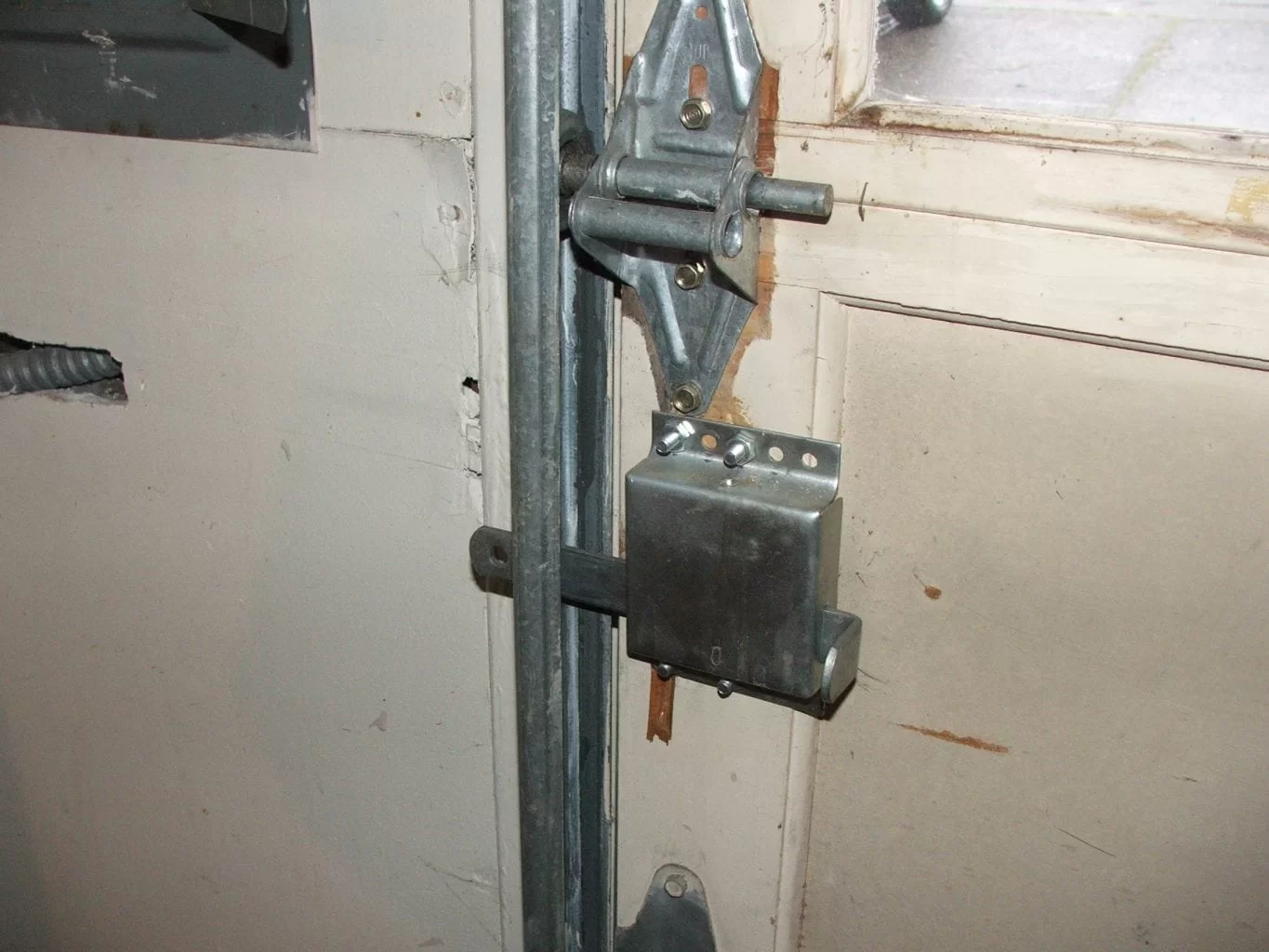
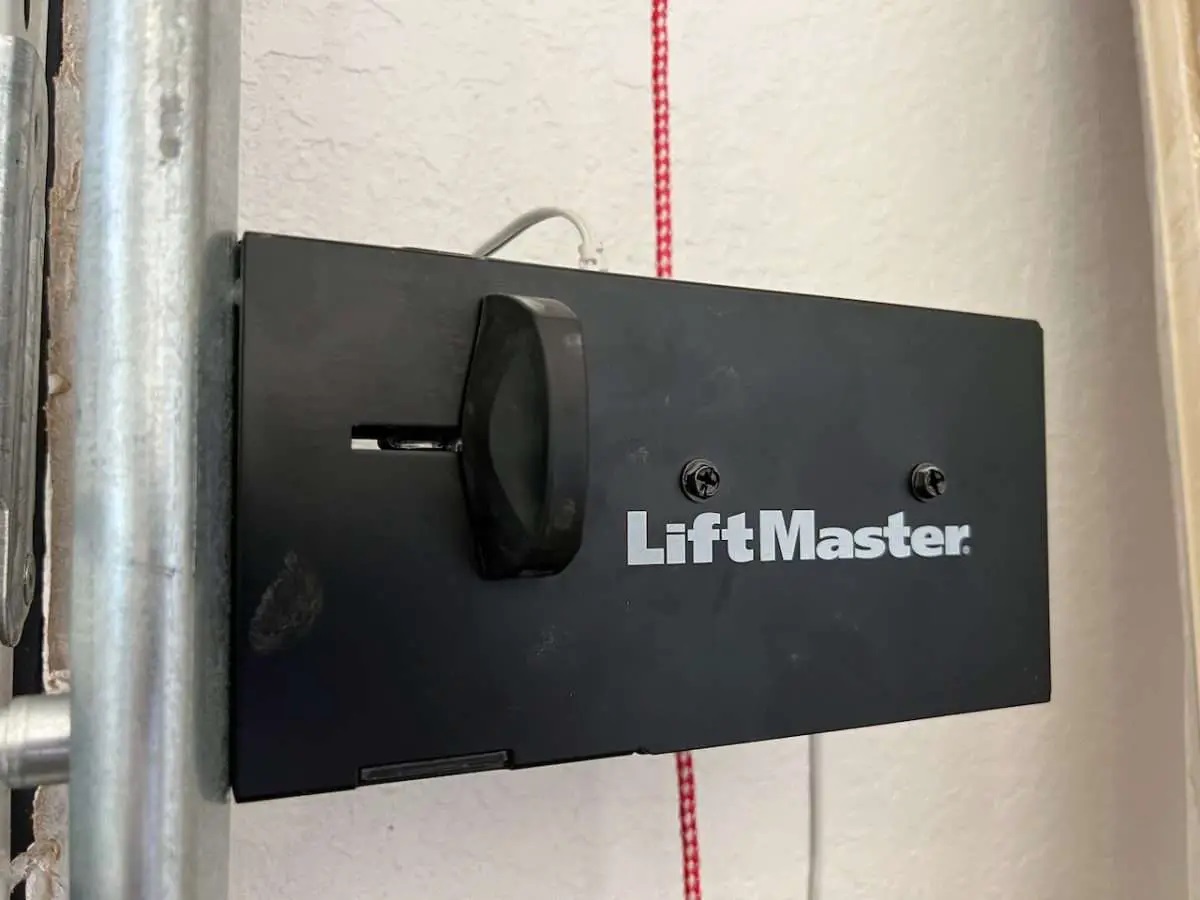
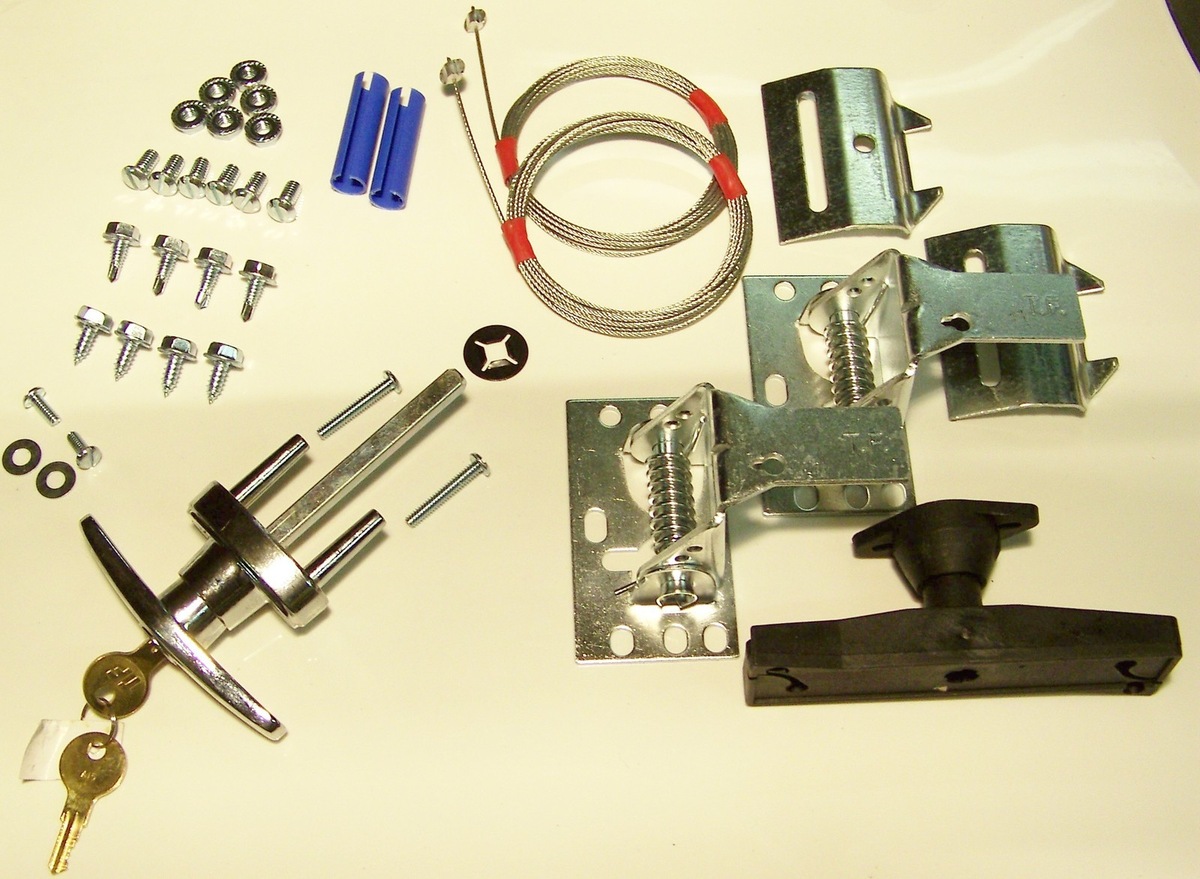
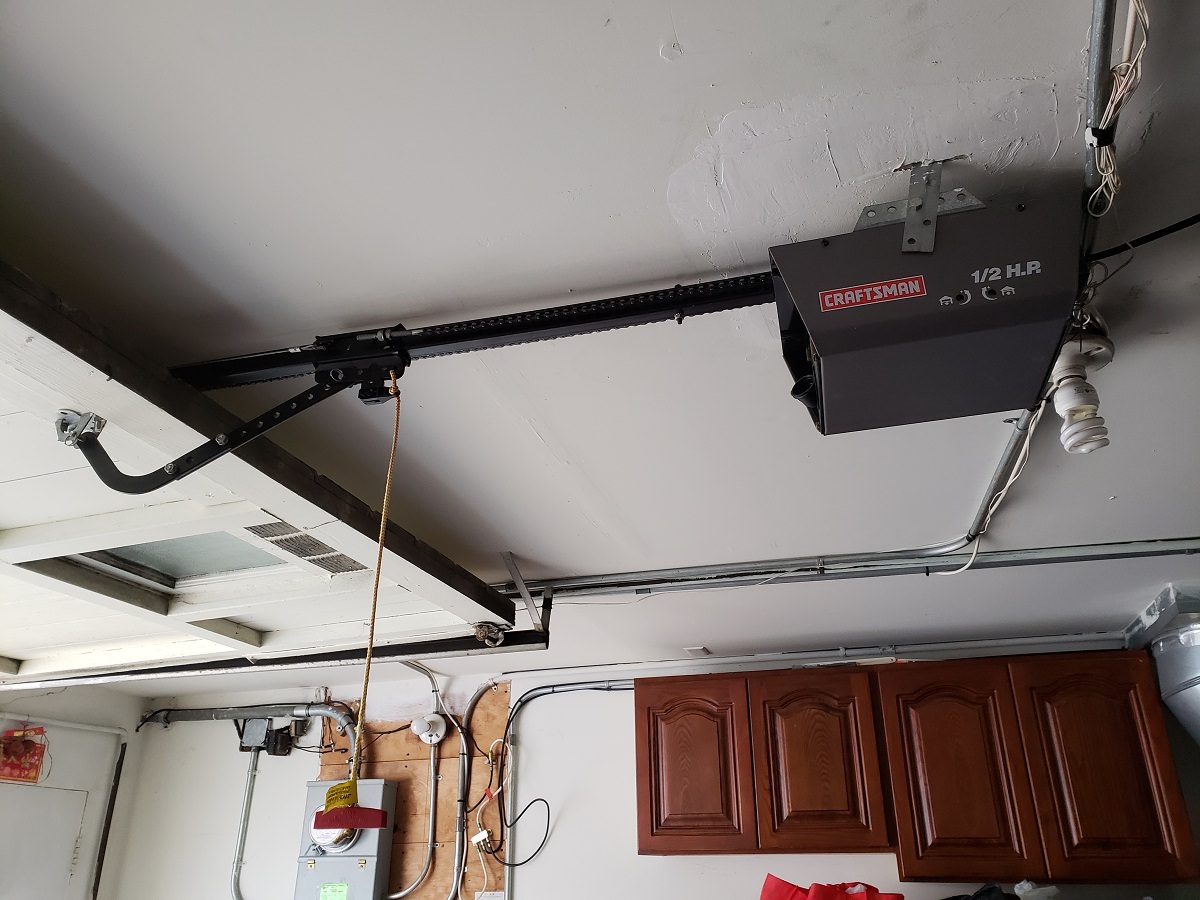
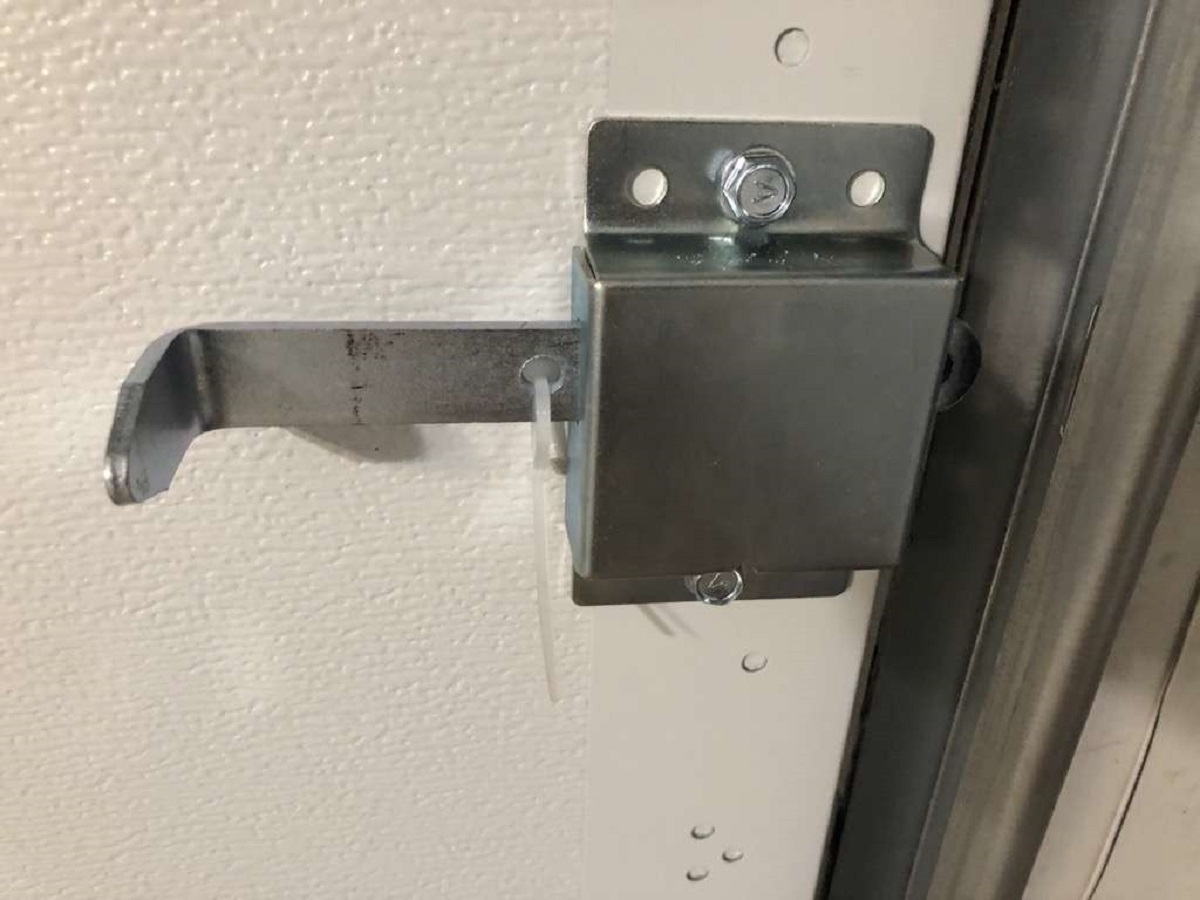
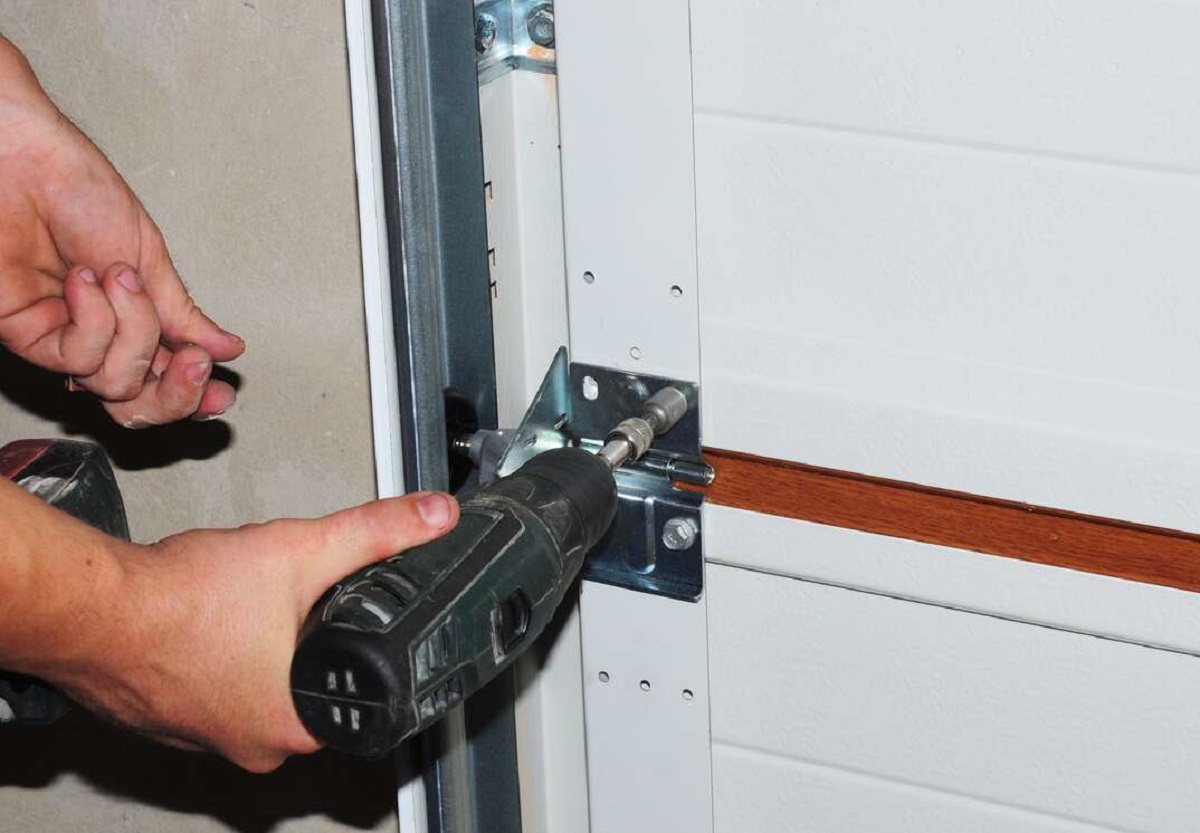
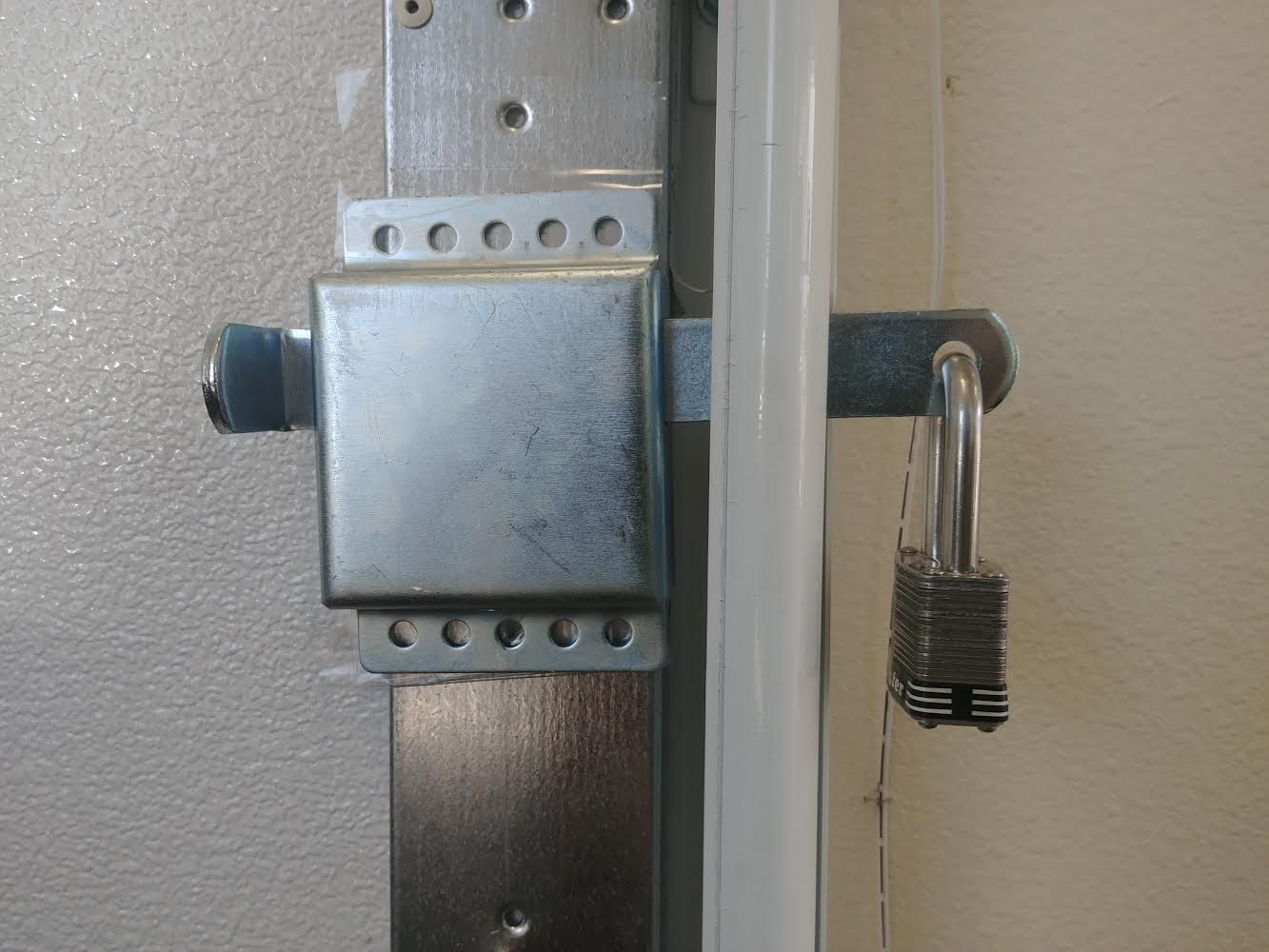
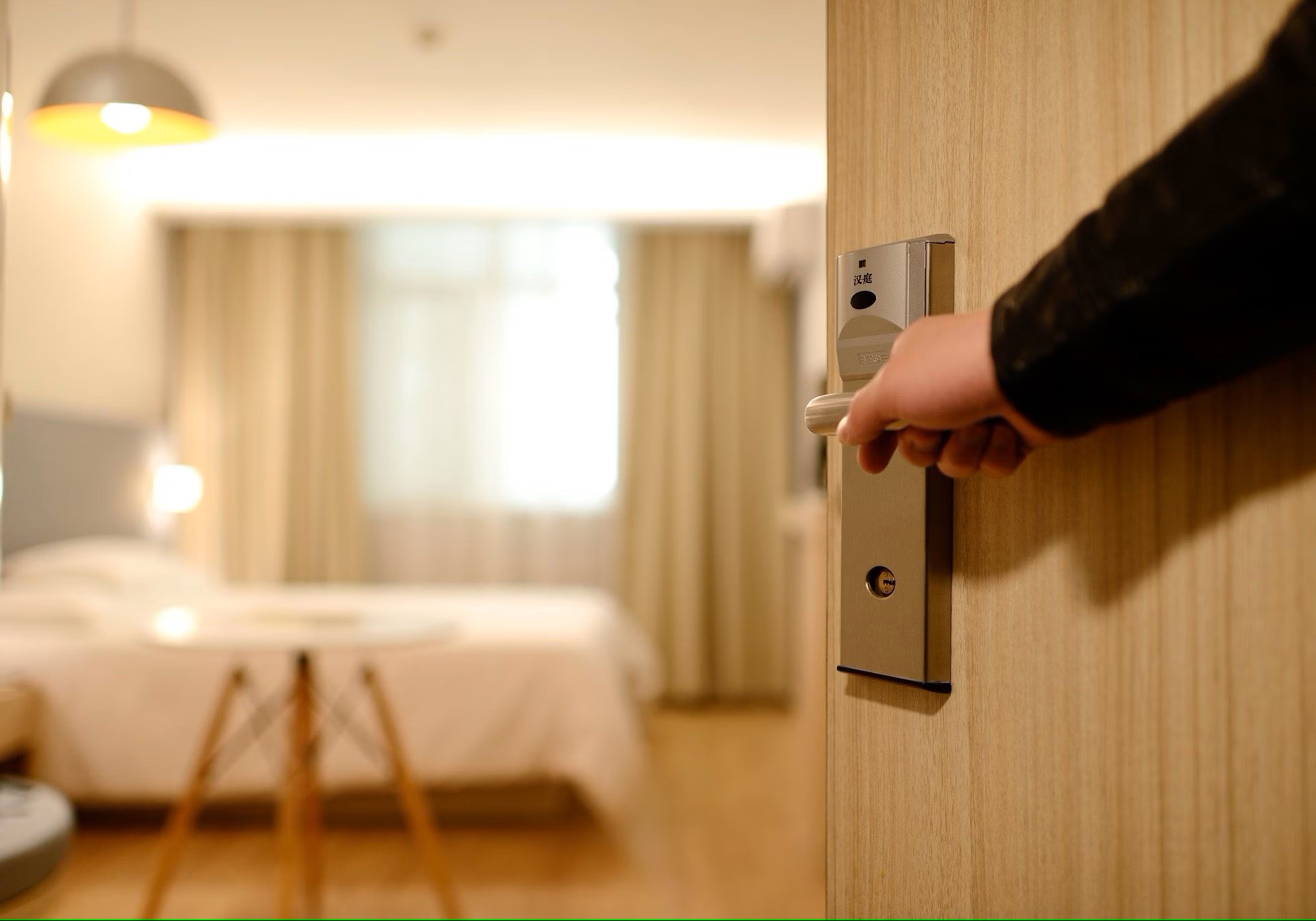
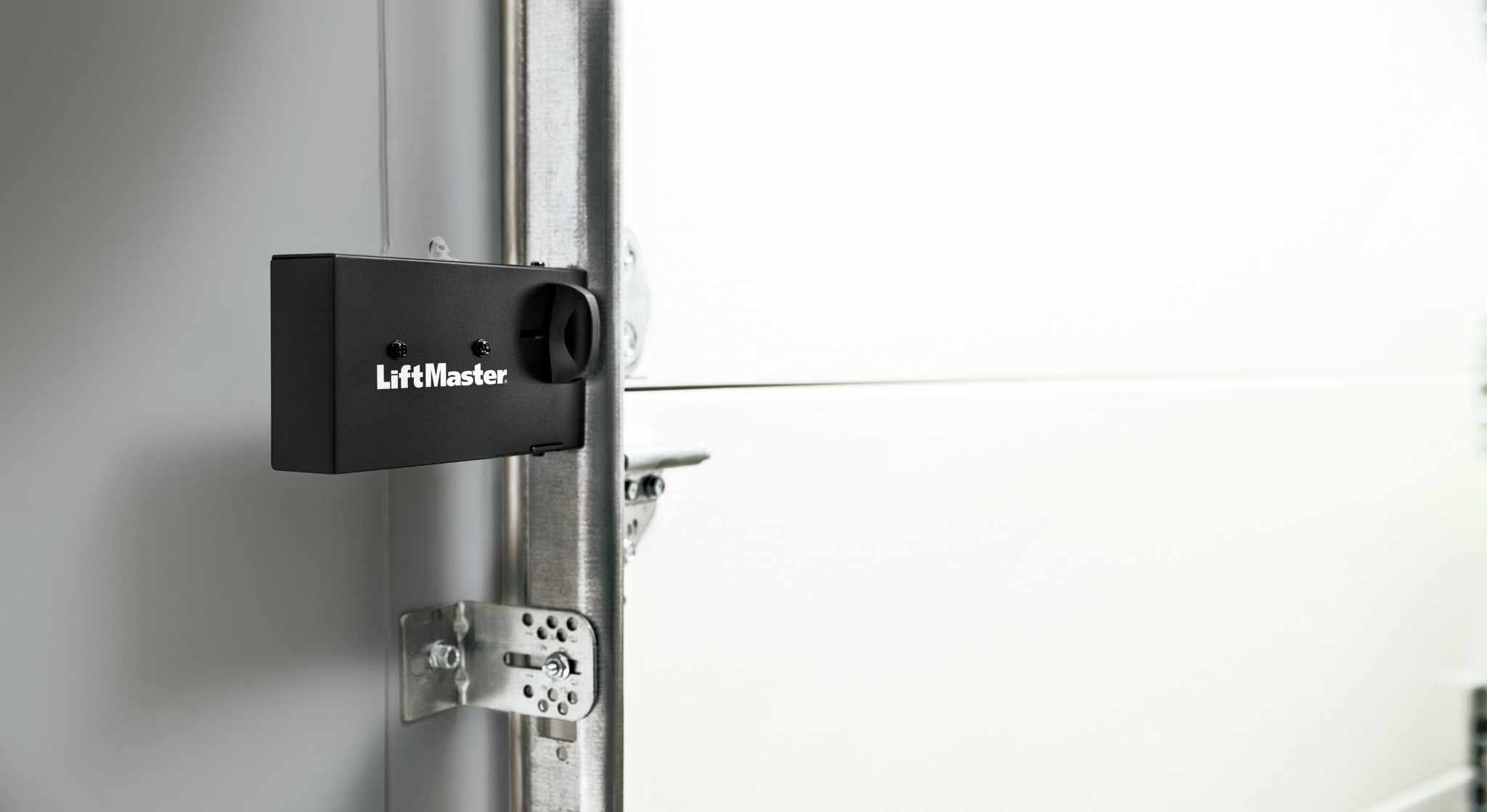
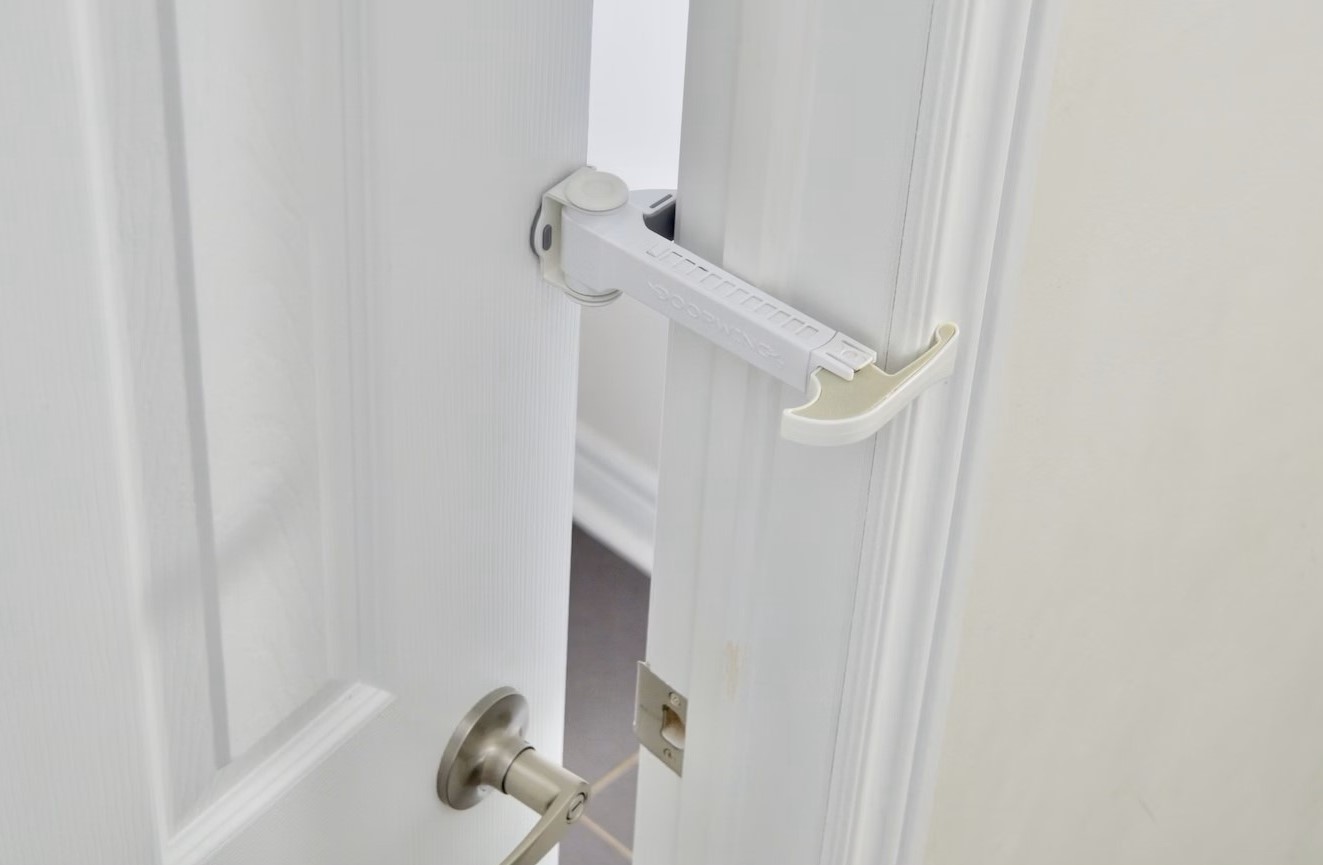
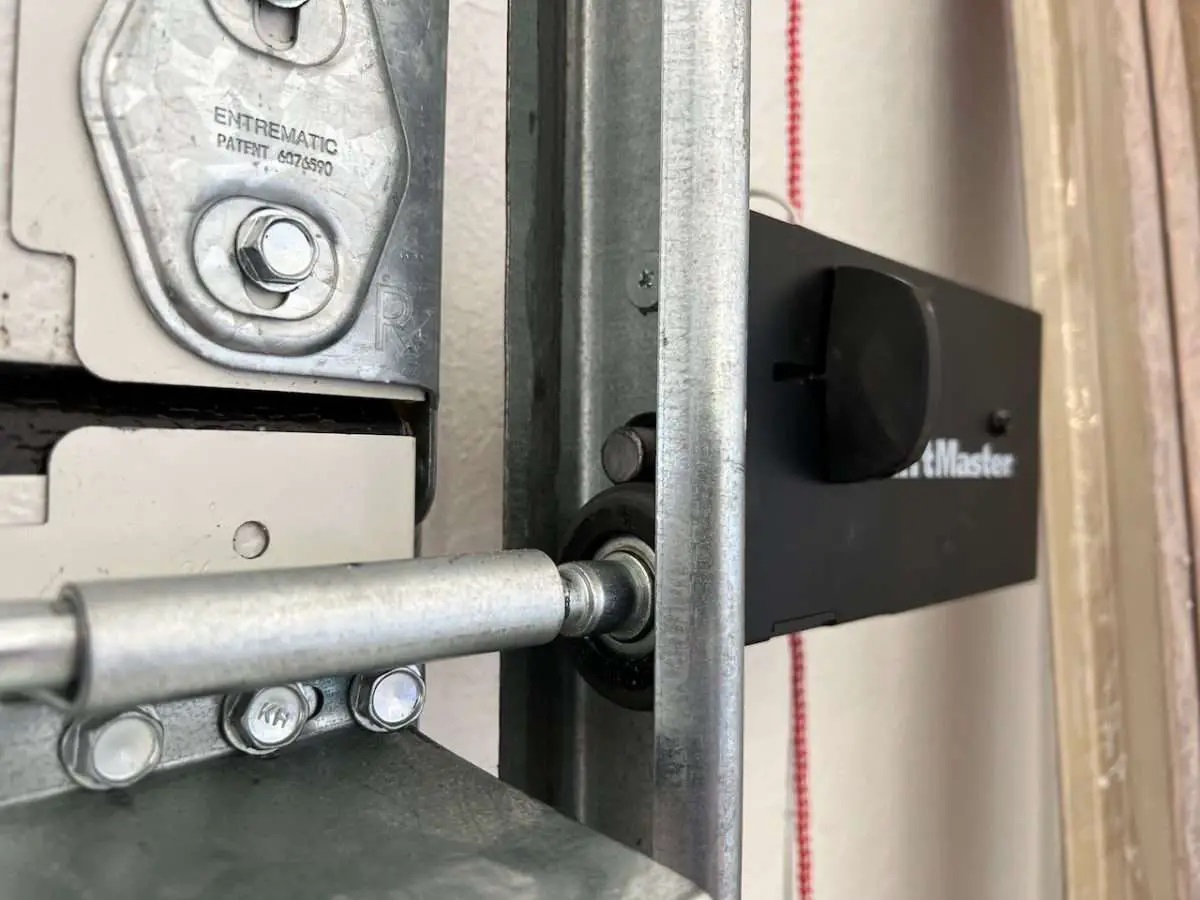
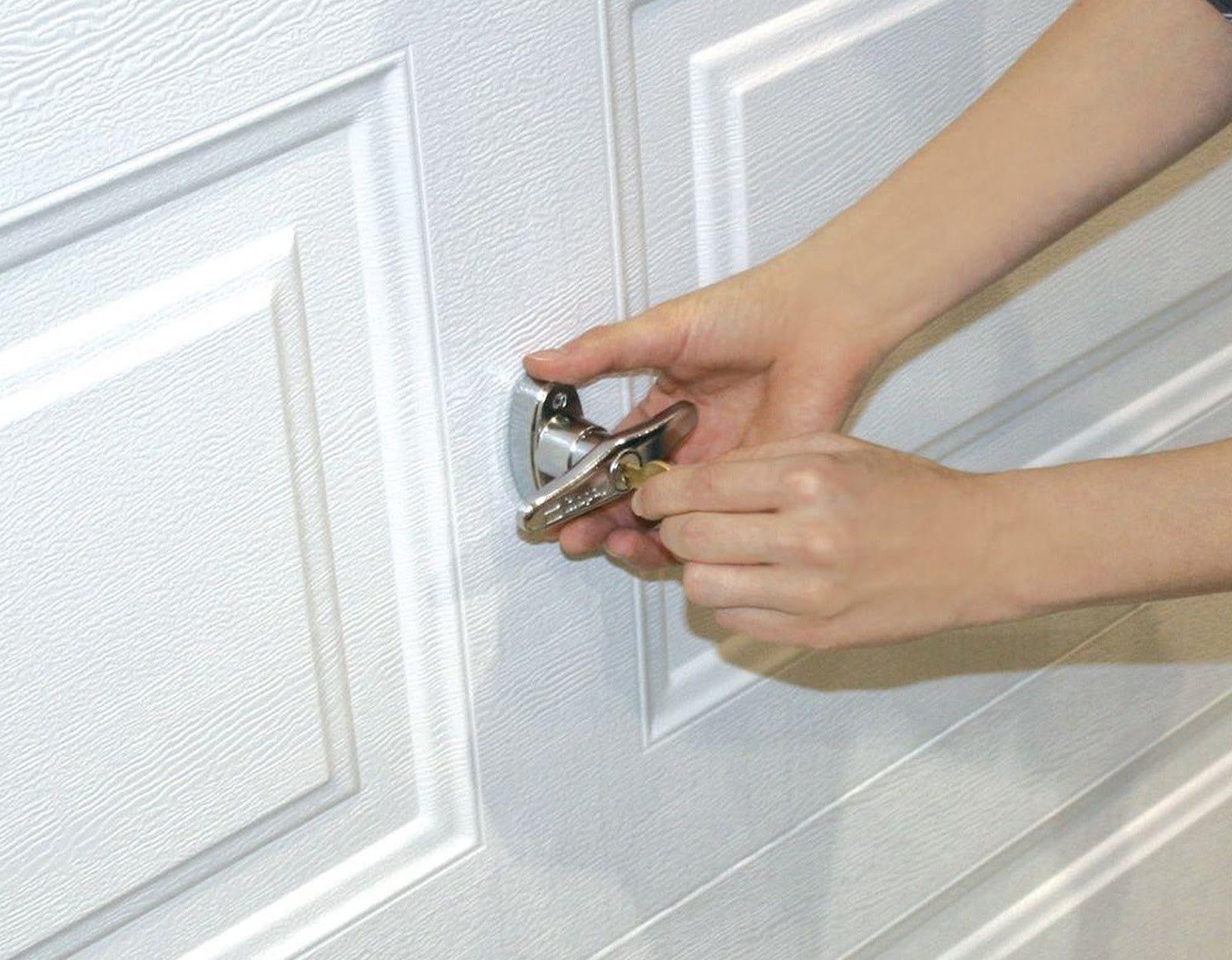
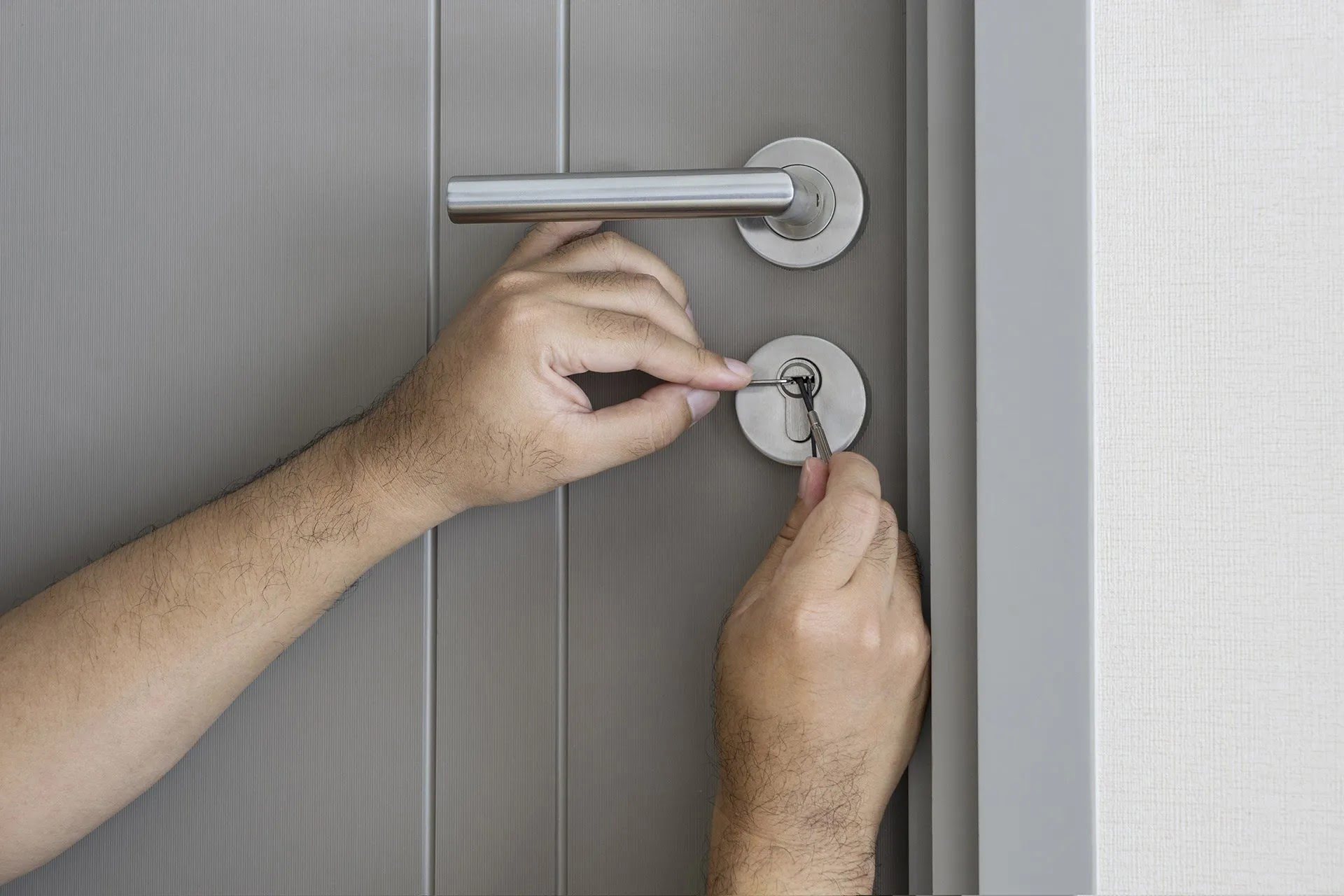

0 thoughts on “How To Lock A Garage Door Without Power”